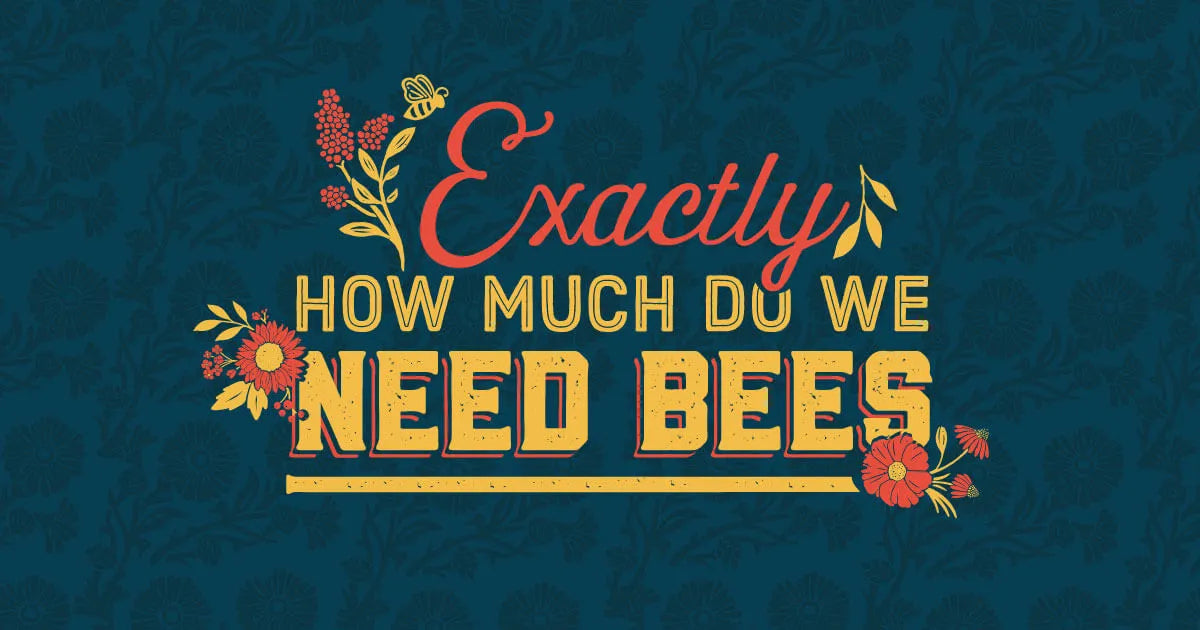Exactly how much do we need bees?
Beekeeping
In the late 2000s, you couldn’t throw a honey dipper without hitting someone proclaiming, “Save the bees!” This was during the height of Colony Collapse Disorder (CCD), when beekeepers would lose as many as 60% of their hives every winter. Millions and millions of worker bees would inexplicably call it quits, leaving their queen and her hive without enough food to survive the winter.
This put a tremendous strain on American beekeepers, but it also sent shockwaves through the worlds of agriculture and environmentalism. Suddenly, it became clear that we were at a real risk of losing honey bees for good. So, why were people so worried?
“Honey bees are kind of the canary in the coal mine.” – Julia McGuire, vice president of Iowa Farmers Union
Honey bees need floral diversity, nectar, pollen and water to survive, which means they do best in places where there are a variety of easily accessible plants growing. If they’re struggling to survive for even a single year, it’s a good sign that the soil, water, air and plant life are out of whack. Weak, nutrient-depleted soils require more pesticides to grow crops in, and they’re more susceptible to wildfires, droughts and floods. Nearly two decades ago, bees were warning us that our farmlands weren’t fit to live in – even for an insect.
Three out of four crops across the globe producing fruits or seeds for human use as food depend, at least in part, on pollinators. – Food and Agriculture Organization of the U.N.
There are many different ways to talk about the foods that bees produce, and they often get overblown. No, we would not be doomed to starvation if bees went extinct. But for us to provide a healthy diet for everyone on the planet, pollinators, especially honey bees, are essential. The dollar value of crops that rely on pollinators every year is in the hundreds of billions, and were they to disappear, farms and local economies would dwindle all around the world, especially in developing countries.
If you want the raw facts, head over to Wikipedia’s list of crop plants pollinated by bees. Then, click the “Pollinator impact” header. This shows you the crops that would all but disappear without honey bees: kiwi, watermelon, squash, and macadamia nut, to name a few.
But that’s just scratching the surface: bees are an “essential element in the production of meat and other animal products” according to the UK-based Api:Cultural. Bees pollinate the plants that become feed for cattle, sheep, poultry, pigs, and even commercially raised fish. So while bees don’t directly feed animals – except for the occasional bear – they are an important part of how we raise animals for human consumption.
So, exactly how much do we need bees?
It’s hard to say. But it’s even harder to imagine life without them. You can support bees and other pollinators by purchasing honey made by American beekeepers, planting a pollinator garden, or donating to PACE: Pollinator Awareness through Conservation and Education, which conducts leading research on pollinators.

